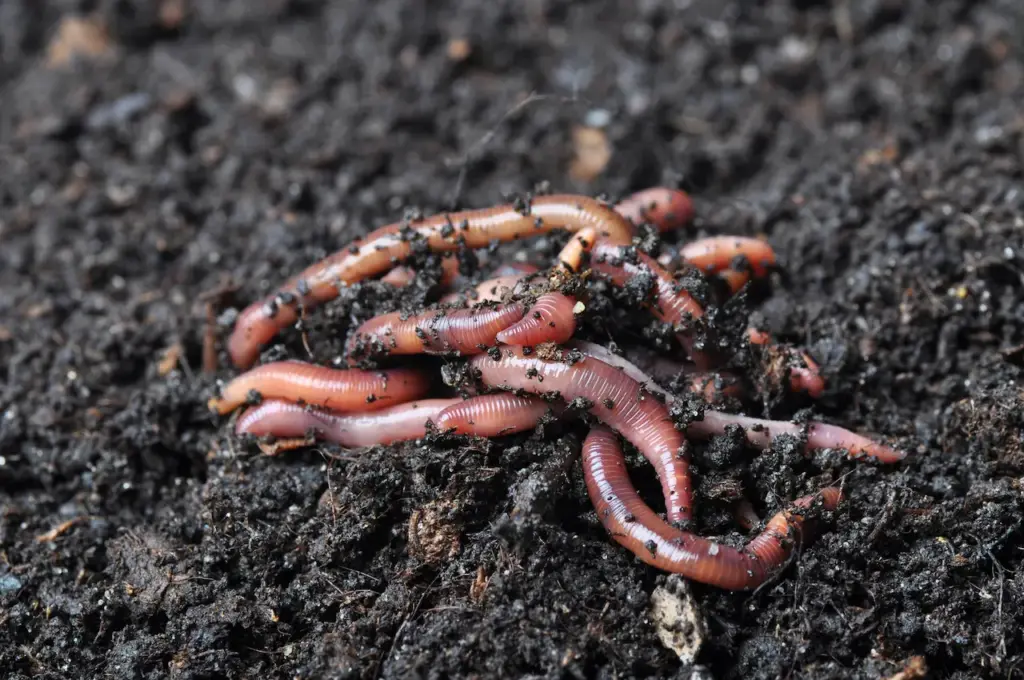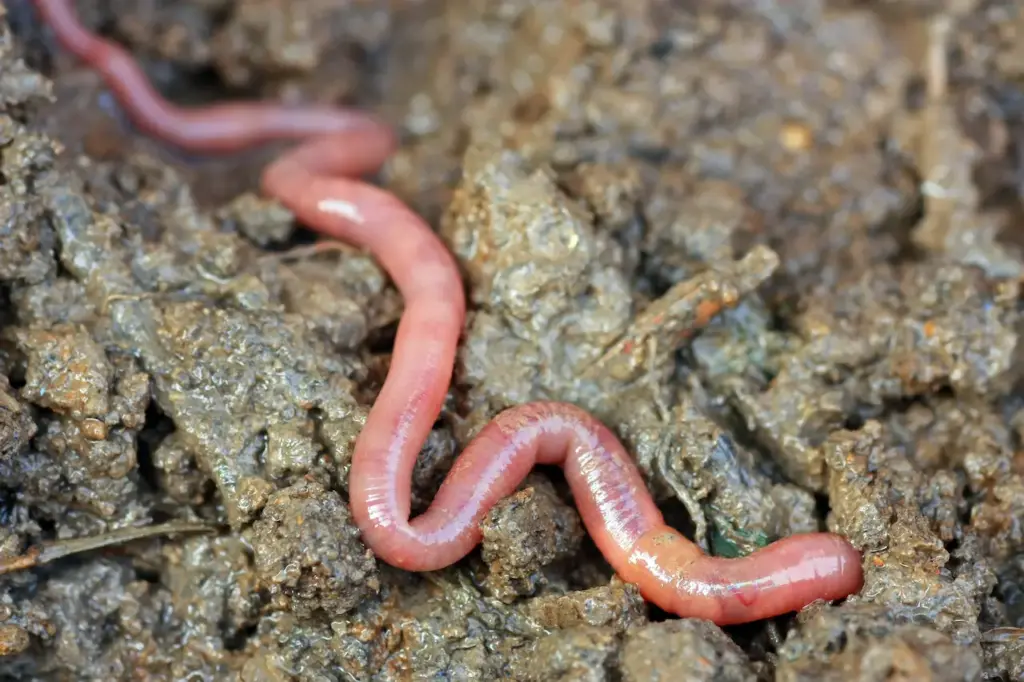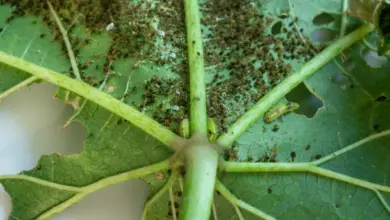Invasive Worms In American Soil
Invasive Worms In American Soil
It seems strange to think of earthworms as aliens. After all, they are some of the first wild creatures we notice as children, and they seem to be everywhere, performing their lowly task of soil enrichment. It seems impossible that they would not always have been here. And yet, scientists tell us, in many parts of the United States there were no worms until they were transported here from Europe and elsewhere by yet another invasive species—human beings.
[ez-toc]

Earthworms Are Not Always Helpful
At least since the end of the last great Ice Age, most of North America has been an earthworm-poor environment.
In the northern US, the Ice Age glaciers scraped away the topsoil along with most of the worms it contained. When the glaciers retreated about 10,000 years ago, the northern forests grew back without the help of worms tilling and enriching the soil.
Then came European settlers, bringing with them plants from Europe and elsewhere—as well as the dirt those plants were growing in, and the worms that dirt contained. Worms were also introduced intentionally, as a way to fertilize and improve the productivity of European-style vegetable gardens.
Now, anyone in the Northeast or the upper Midwest who turns over a rich spadeful of garden dirt is likely to find that dirt literally crawling with at least one non-native earthworm species. For instance, the night crawlers (Lumbricus terrestris) so prized by fisherman are native to Europe, not North America, and so are the several species of “red wigglers” so common to American gardens and compost bins. In fact, about one-third of the more than 180 earthworm species found from Canada to Mexico are aliens in America. And in terms of sheer population numbers, the migrants thoroughly overwhelm the natives in most places.

Despite their “green card” status however, most people view earthworms as beneficial, especially when they are tilling and fertilizing a garden or rendering compost into “black gold.”
But in ecosystems that developed without worms, they can actually cause harm. for instance the ecology of northern forests often depends on a thick layer of leaf litter remaining on the ground throughout the year. But earthworms remove that leaf litter by converting it to topsoil—and that seemingly benign action can so completely change the chemistry and biology of the forest that native plants and trees are no longer able to grow there.

